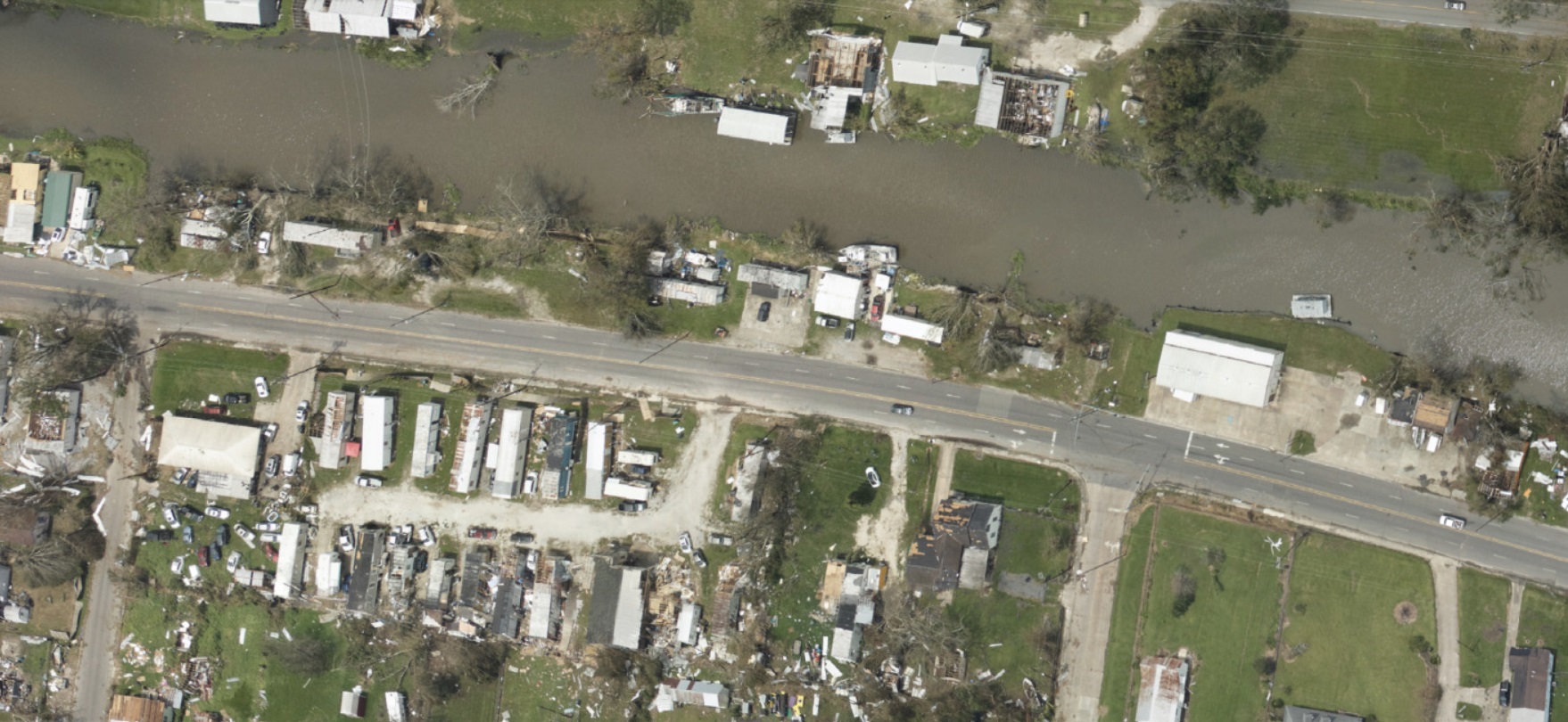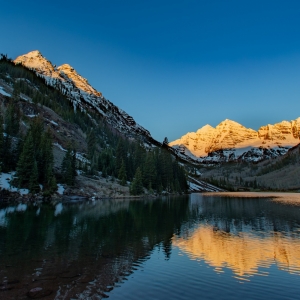Nearly two hundred water systems, large and small, are experiencing outages after the powerful storm.

Damage from Hurricane Ida in Houma, Louisiana. Photo via NOAA
- Days after Hurricane Ida made landfall as a Category 4 hurricane, local and state officials have begun to tally the extensive damage.
- In New Orleans, the Sewerage and Water Board is asking residents to conserve water to prevent sewage backups. In smaller towns, the problem is no water at all.
- One of the big requests water managers are receiving is power to operate treatment and distribution equipment. But even a generator is not a cure-all.
By Brett Walton, Circle of Blue – September 1, 2021
While people in Jefferson Parish, just west of New Orleans, queued for hours in the heat and humidity on Wednesday to pick up bottled water and packaged meals, the destruction that Hurricane Ida delivered to Louisiana’s eastern parishes was becoming clearer.
The Category 4 hurricane made landfall on August 29 as one of the strongest storms to hit the United States. Days later, local and state officials have begun to tally the extensive damage. Power is out for about 1 million people. Electricity in some areas may be out for weeks. Gas stations lack fuel. Roads are washed out. Water systems, meanwhile, are dealing with severed pipes, broken treatment units, and power outages.
In New Orleans, the Sewerage and Water Board is asking residents to conserve water to prevent sewage backups. As of mid-day Wednesday, only 14 of 84 sewage pump stations were operable.
In smaller towns the problem is no water at all. According to the Louisiana Department of Health, as of Wednesday afternoon 191 water systems were experiencing water outages. Another 119 systems were telling residents to boil their water before drinking it. The numbers are changing frequently as repairs are made.
Not all those water systems provide water to an entire community. Some serve campgrounds, businesses, or gas stations. Still, there is a lot of work to do.
“It’ll probably be two to three months before some water systems are up and running,” Pat Credeur, executive director of the Louisiana Rural Water Association, told Circle of Blue.
The list of fixes is long. Credeur said that uprooted trees snapped water pipes. He’s heard reports that furious winds blew the roofs off of treatment plants. Because of power outages the reports are trickling into his office slowly. His staff are currently canvassing the parishes, conducting face-to-face needs assessments.
One of the big requests is power to operate treatment and distribution equipment. “We’re shipping out generators left and right,” Credeur said. His association has delivered 11 generators so far, and more are on their way from rural water groups in eight neighboring states.
Even a generator is not a cure-all. The units cannot be run around the clock for days. They need to be rested. And they need fuel, which is currently in short supply.
“I got several calls from utilities that have generators but no fuel,” Credeur said.
Brett writes about agriculture, energy, infrastructure, and the politics and economics of water in the United States. He also writes the Federal Water Tap, Circle of Blue’s weekly digest of U.S. government water news. He is the winner of two Society of Environmental Journalists reporting awards, one of the top honors in American environmental journalism: first place for explanatory reporting for a series on septic system pollution in the United States(2016) and third place for beat reporting in a small market (2014). He received the Sierra Club’s Distinguished Service Award in 2018. Brett lives in Seattle, where he hikes the mountains and bakes pies. Contact Brett Walton





